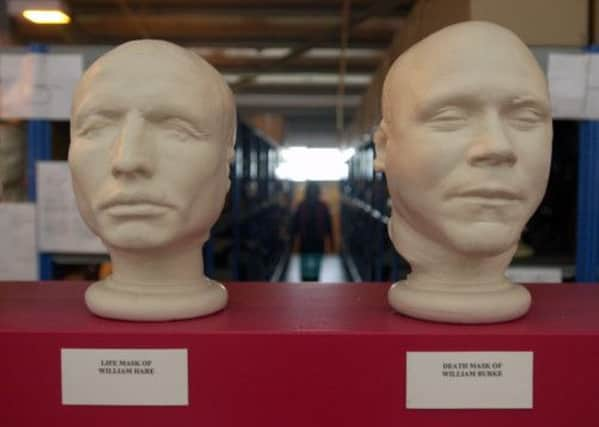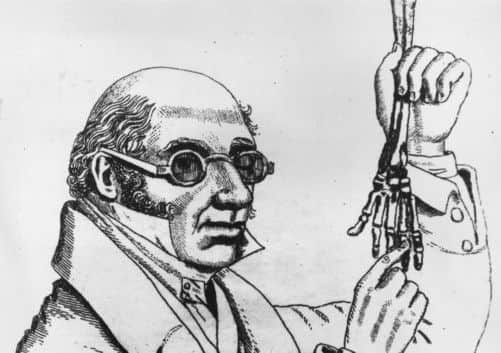Scottish fact of the week: Burke & Hare


Burke moved to the West Port area of the capital with Helen McDougal in 1827, a woman for whom he had left a wife and two children. Hare, whose wife Margaret ran a lodging house in West Port, met Burke shortly after he moved into the property, and they soon became friends.
Burke and Hare’s murders were committed in the context of a chronic shortage of cadavers for the city’s anatomists to examine. They approached Dr Robert Knox, a renowned academic who purchased a body from the duo: an old tenant who had died of natural causes at the West Port lodging house.
Advertisement
Hide AdAn elderly miller named Joseph, who was a tenant at the lodging house, was the first to be killed. He had been suffering from fever, but he was murdered before the illness had taken hold. Burke and Hare then ventured into the streets to search for more bodies to sell to Dr Knox; they often invited their victims to their West Port base, plying them with alcohol before killing them. Most of the 17 who died at the hands of the pair were strangers, but at least three of those murdered were acquainted with Burke: Effie, a woman who sold scraps of leather to Burke for cobbling; Ann McDougal, a relative of Helen McDougal, and another woman, Mrs Hostler. One of the most infamous murders was that of a woman and her 12-year-old grandson, the latter of whom is said to have had his back broken by Burke.


As the pair grew wealthier from a killing spree that stretched over 10 months, so they became more reckless. The death of another woman, Mary Docherty, proved to be their undoing. After her body was discovered under a bed at the lodging house by tenants, police arrested the pair.
Burke and Hare were tried in court, but in a dramatic turn of events, Hare was offered immunity in exchange for giving evidence against his partner in crime. As a result, Hare walked free as Burke was sentenced to death and hung before a crowd of tens of thousands in Liberton’s Wynd. Meanwhile, Dr Knox was cleared of wrongdoing, but his reputation was tarnished because of his complicity in Burke and Hare’s 10-month campaign of murder, and his career collapsed as a result.
READ MORE